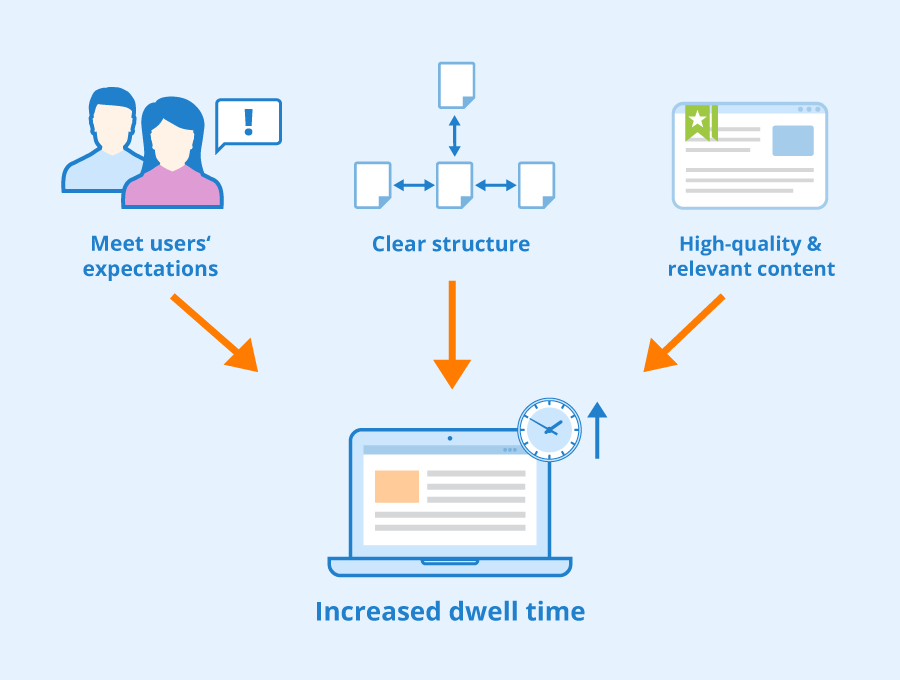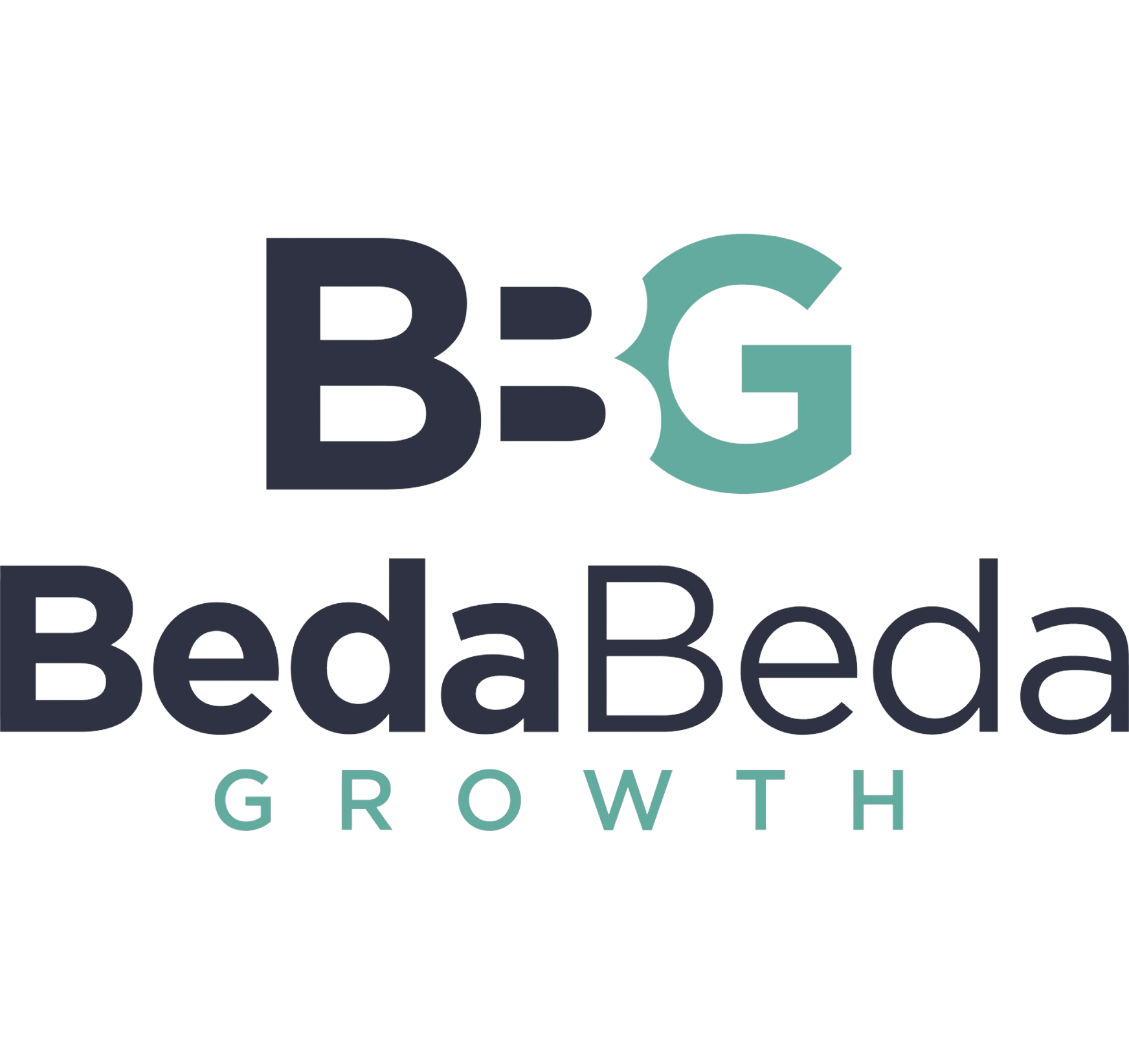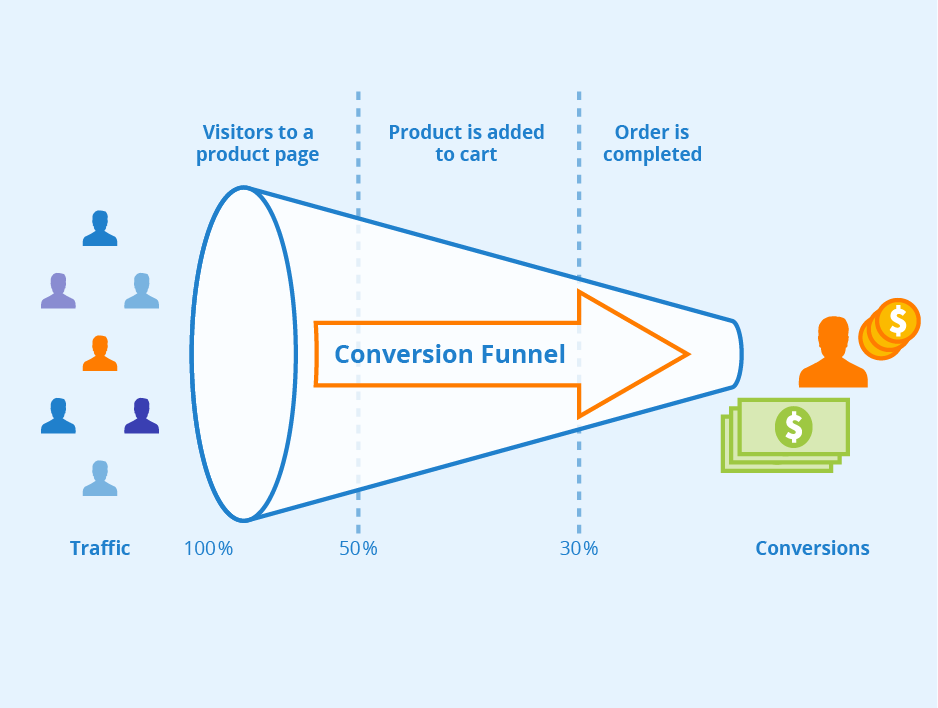Among new digital marketers, the marketing conversion funnel can be a bit of a headache. On one hand, it’s the structural roadmap to driving conversions and retaining customers.
Know it. Use it. Love it.
On the other, it’s so full of acronyms that it makes Forbes’ Jargon Madness bracket seem straightforward.
Yes, over-abbreviation among conversion terms can be irritating, but if it’s true that “jargon masks real meaning,” then it’s our job as marketing specialists to unmask it and get back to the core value underneath all those convoluted conversion marketing terms.
To master conversions, drive engagement, and write unforgettable copy, you need these key terms – and a clear game plan for each of them – in your toolkit.

CTA (Call to Action)
“Get started today!”
“Tell me more!”
“Are you ready to change your life?”
The CTA is the gas pedal of all conversion marketing efforts – the piece of content that finally sets things in motion and asks potential customers to take the next step. We also know that bare-faced advertising language turns people off. In fact, 84% of people that have a negative experience with an ad (read: too “sales-y”, irrelevant and annoying, etc.) then form a poor opinion of the brand being advertised.
When writing a CTA then, aspiration has to be at the center of the copy. A Call to Action only drives conversions if it makes the product’s value prop 1) crystal clear and 2) relevant to the potential customer. Consider the LIFT model, which further boosts conversion rates on CTAs by adding a sense of urgency to the action.
A high-performing CTA is more than action words – it’s a clear, targeted request for a potential customer to take an action to receive a benefit.
Key takeaway: Great CTAs = aspiration-focused with a clear action/benefit structure for the potential customer
KPI (Key Performance Indicator)
You may already understand KPIs as the metrics of the conversion process. Conversion Rate, naturally, is the principal KPI in conversion marketing. It’s important for digital marketers to remember that conversions is not the only KPI that matters, though. Some other valuable performance insights include:
Bounce Rate
Cost Per Conversion
Time Spent on Page (Dwell Time)
Points of Entry/Exit
The value in expanding our concept of KPIs beyond Conversion-specific metrics is it gives us a better picture of consumer behavior, which helps to optimize the conversion process in the long run. Identifying the pages on which potential customers tend to stop in their tracks, for example, goes a long way in learning how to overcome sales objections in that particular audience.
Key takeaway: KPIs that give a broader picture of user behaviors, motivations, and goals are valuable metrics for conversion rate optimization and should be factored into any marketing campaign.

UX/UI (User Experience and User Interface):
Overused and often misunderstood, UI and UX are distinctly separate parts of the same equation. UI deals in the concrete interface, or product, that the user interacts with. When you open an app, what you’re seeing and navigating through is the User Interface.
Conversely, that exasperation you feel when Facebook moves its buttons and menus around for the 300th time is your User Experience. If it’s really poor, you might decide to totally disengage with the product – causing the brand’s conversion rates to drop.
Simply put, if the UI is intuitive and engaging, then the resulting UX will be good. But – to add a touch more confusion to the UI/UX conversation – if you want a great result, it’s best to invert that process: start with a strong UX strategy, then build your UI to achieve it.
This is clearer when imagined in an agency setting: the strategy consultants map out the customer journey and desired outcome, and then the design team uses that map to build a product that carries the user through to that desired outcome.
Key Takeaway: With a strong sense of what great UX looks like for a given product, you can then go about building an intuitive UI to get there. A well-designed UI = a better UX.

TOFU/BOFU (Top of the Funnel/Bottom of the Funnel)
Marketing conversion funnel terminology in its purest form, TOFU and BOFU refer to the top and bottom of the funnel. While the exact stages of conversion might differ on various funnel diagrams, TOFU typically represents the “awareness” stage of a product, and BOFU the actual conversion stage.
Of course, TOFU/BOFU isn’t as simple as advertising → sales.
When considering content for each part of the funnel, it’s critical to know and target your ideal customer profile (track with those behavior-focused KPIs!). Moreso with the BOFU which is where audience size narrows and gets serious about converting. That’s why nailing down a killer content strategy for both sides is the key to successful conversion marketing
In terms of content, TOFU should focus on:
- Having a familiarity with the target audience, but casting a slightly wider net (just like – get this – a funnel!)
- Piquing interest, not necessarily converting yet
- Avoiding heavy-handed CTAs that feel annoying and intrusive
- Being digestible, informative, and easy-to-read – infographics, videos, concise and catchy copy, etc.
On the other hand BOFU content should:
- Provide all the info needed to make the sale – walkthroughs, demos, consults, etc. are great here
- Move from from educational to “consultative, product-focused”
- Show rather than tell
- Have a strong CTA – remember the “action/benefit” structure?
Key takeaway: Despite the marketing/sales process tending to proceed in this order naturally, an optimized funnel that generates conversions at scale doesn’t just happen. A structured, relevant communication strategy that anticipates consumer behavior at each stage of the funnel is foundational to achieving a conversion goal.
The ultimate takeaway? Getting back to basics certainly can’t hurt.
If these are some of the first conversion marketing terms you learned in the world of digital marketing, chances are they’re also the ones that lost their sense of meaning – and strategic benefits – first, too.
So what’s your favorite marketing jargon with untapped potential? Is it so overused that we’ve lost sight of how useful it really is? We’d love to hear below!

